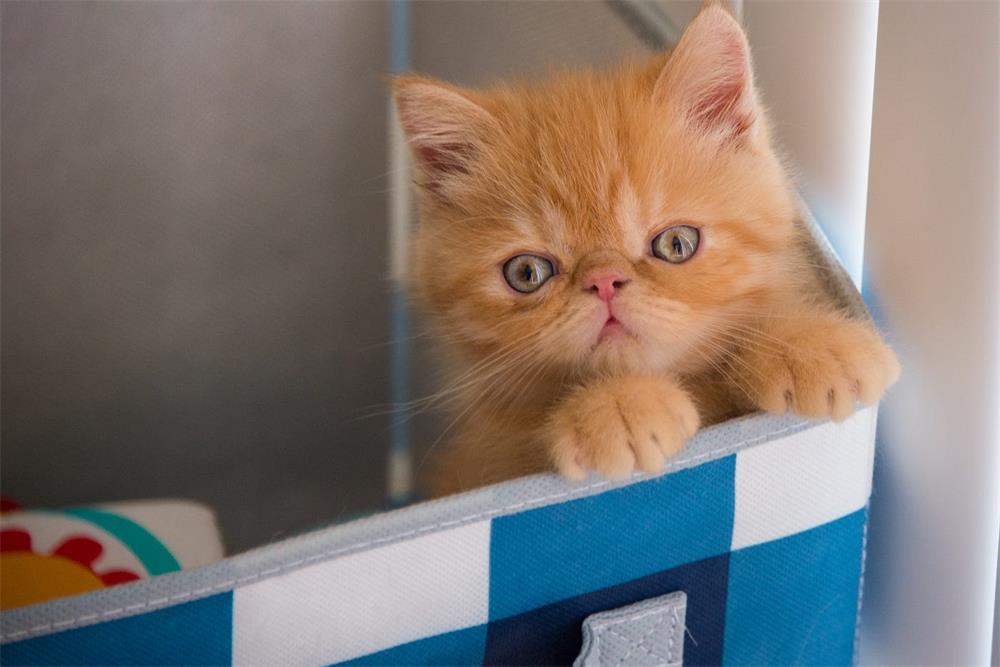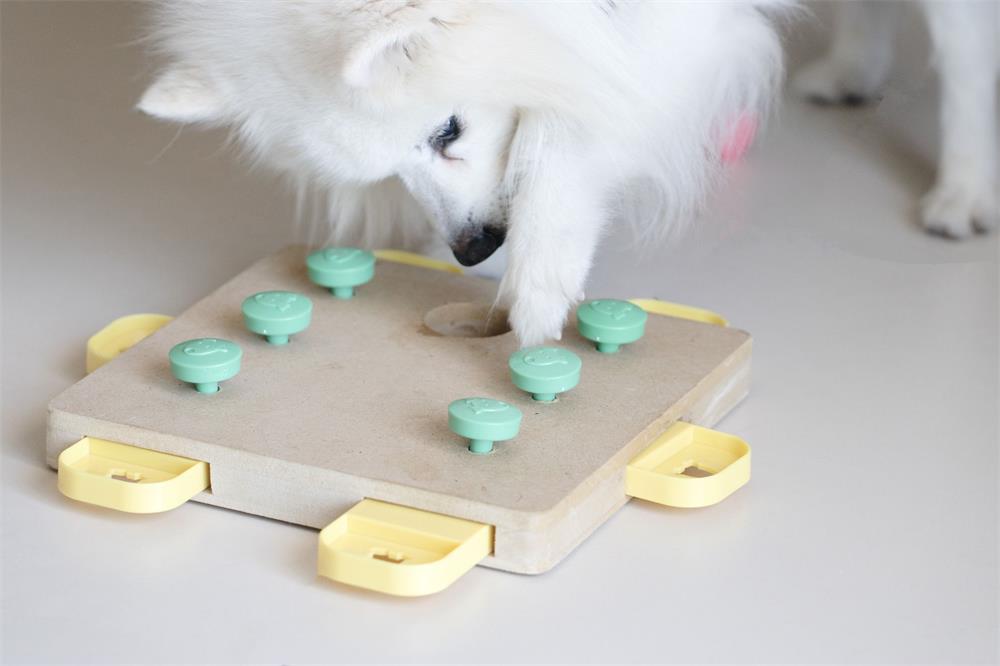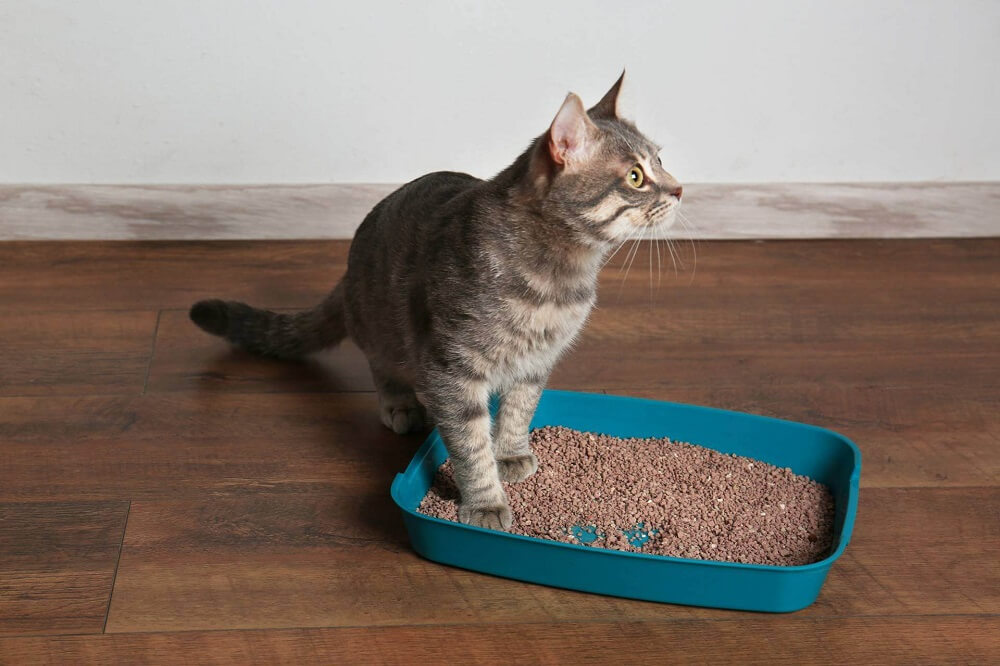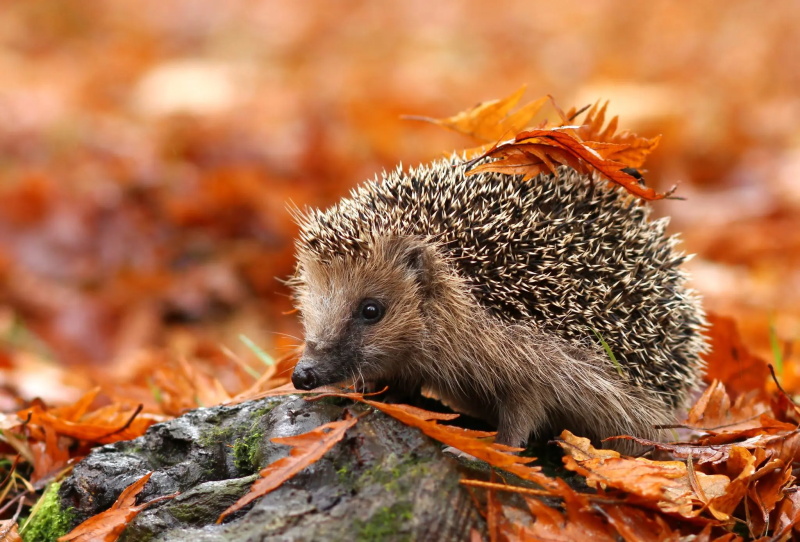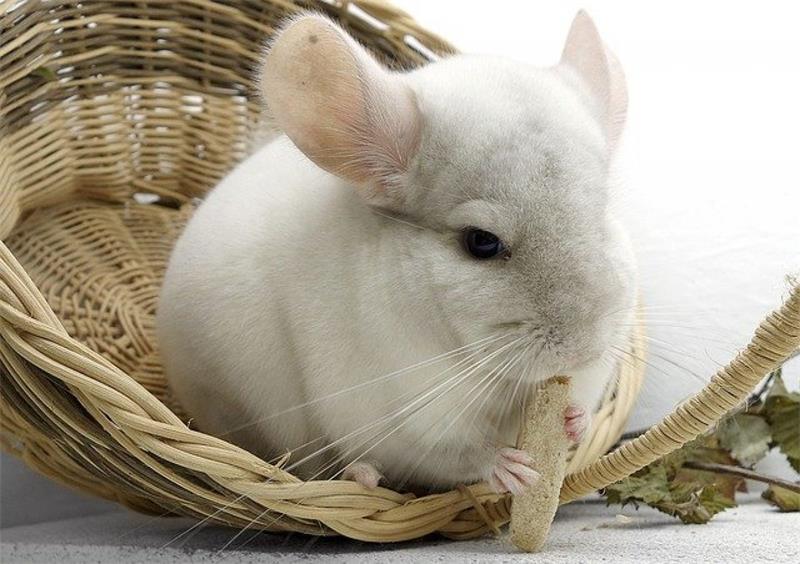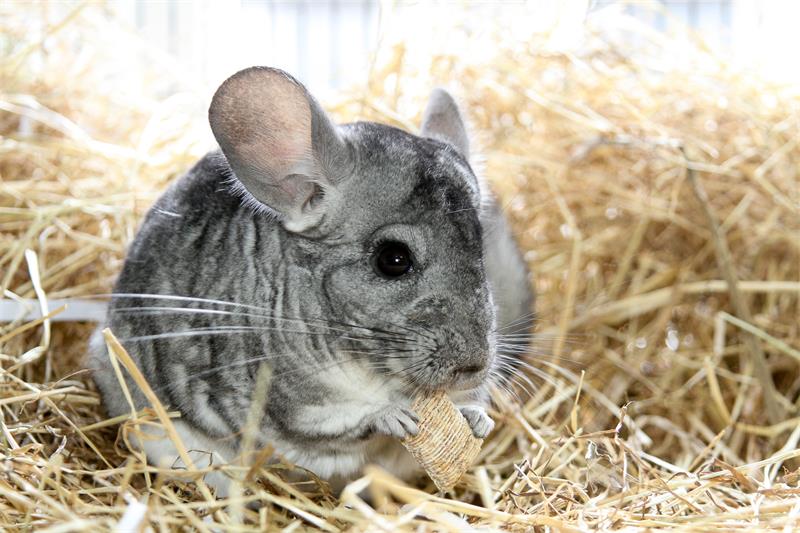A step-by-step tutorial on how to provide and maintain a dust bath for your chinchilla, and the benefits of doing so for their fur and health.
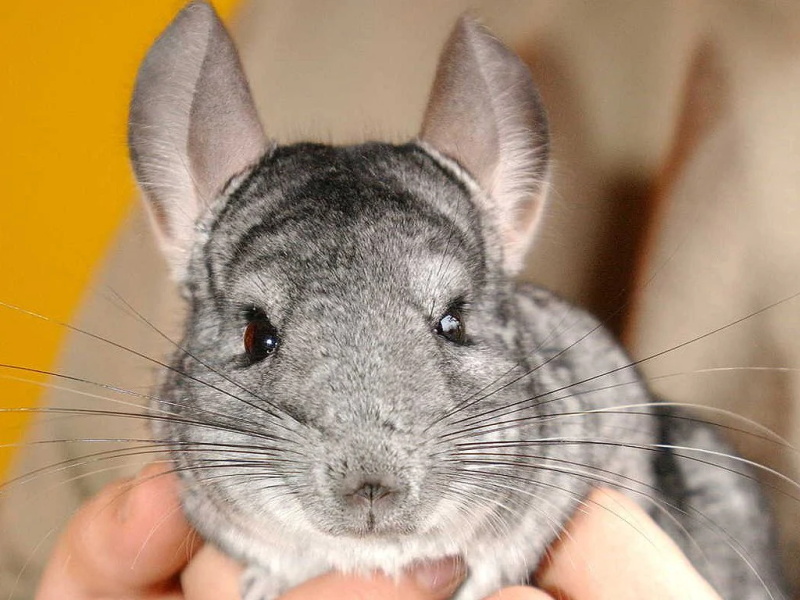
Table of Contents
Chinchillas are adorable rodents with some of the softest and densest fur of any animal. Their fur helps them survive in their native habitat of the Andes mountains, where they can withstand cold temperatures and avoid predators. However, their fur also requires special care to keep it clean and healthy. Unlike most pets, chinchillas do not need water baths to groom themselves. In fact, water can be harmful to their fur and skin, as it can cause mold, infections, and matting. Instead, chinchillas need dust baths to remove excess oil and dirt from their coat and keep them smooth and silky.
In this article, we will explain why dust baths are essential for chinchillas, how to set up a dust bath for your pet, how often to offer it, and what to avoid when bathing your chinchilla. By following these tips, you will ensure that your chinchilla stays happy and healthy with a beautiful coat.
Why Do Chinchillas Need Dust Baths?
Chinchillas have around 80 hairs per hair follicle, which makes their fur very thick and fluffy. This also means that their fur can trap a lot of oil and dirt from their skin and environment. Without proper grooming, their fur can become greasy, dull, and smelly. Moreover, their fur can harbor parasites such as fleas and mites, which can cause itching, irritation, and infections.
In the wild, chinchillas roll in volcanic ash to clean their fur. The fine particles of dust penetrate their coat and absorb the oil and dirt from their skin. The dust also helps to dislodge any parasites that may be living in their fur. This way, chinchillas keep their fur clean and healthy without using water.
As pet owners, we need to provide our chinchillas with a similar way of grooming themselves. That is why we need to offer them dust baths regularly. Dust baths are not only beneficial for their fur and health, but also for their mental well-being. Chinchillas enjoy taking dust baths, as they find it relaxing and fun. They will roll, flip, and flop in the dust with great enthusiasm. Dust baths are also a natural behavior for chinchillas that helps them express their instincts.
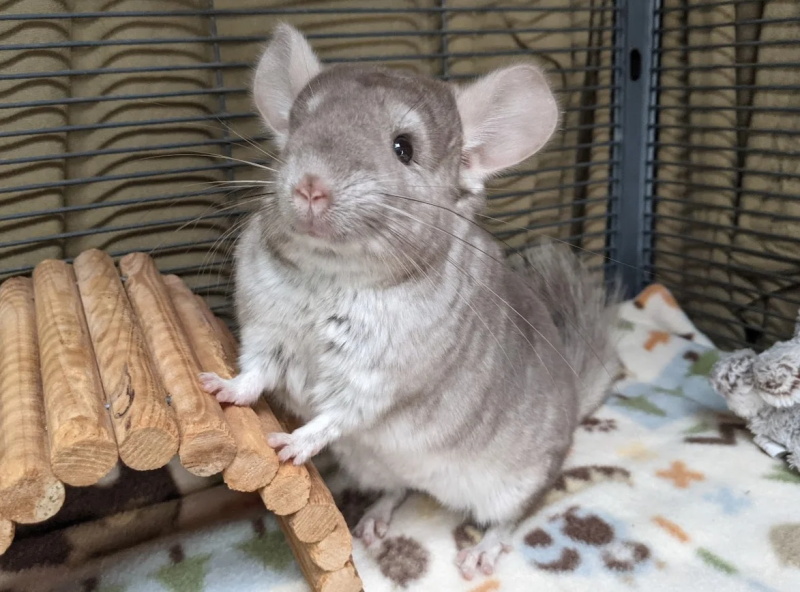
How to Set Up a Dust Bath for Your Chinchilla
Setting up a dust bath for your chinchilla is easy and inexpensive. You will need two things: a container and special dust made for chinchillas.
Choosing a Container
The container you use for your chinchilla’s dust bath should be slightly larger than your chinchilla to allow room to roll. It should also be heavy and tip-resistant, so that your chinchilla does not spill the dust everywhere. You can use a glass fish bowl or canister, a ceramic or metal bowl or dish, or a plastic house-type container designed for this purpose. These containers have the advantage of being fairly enclosed, which can help minimize the amount of dust flying around the room.
You should avoid using containers that are too small or too shallow for your chinchilla to roll in comfortably. You should also avoid using containers that are made of wood or cardboard, as they can be chewed or damaged by your chinchilla.
Choosing a Dust
The dust you use for your chinchilla’s dust bath should be specifically made for chinchillas and for this purpose. You can find chinchilla dust at most pet stores or online. Chinchilla dust is made to mimic the volcanic ash that chinchillas use in the wild. It is very fine and soft, and it has the right properties to absorb oil and dirt from your chinchilla’s fur.
You should never use other types of powders or sand for your chinchilla’s dust bath. These products may look or feel similar, but they will not work the same way as chinchilla dust. They may be too coarse or too fine for your chinchilla’s fur, or they may contain harmful chemicals or additives that can irritate your chinchilla’s skin or eyes.
Some examples of products that you should not use for your chinchilla’s dust bath are:
- Baby powder
- Talcum powder
- Cornstarch
- Baking soda
- Sand
- Cat litter
- Soil
Filling the Container
Once you have chosen a suitable container and dust for your chinchilla’s dust bath, you need to fill the container with enough dust for your chinchilla to roll in. You should aim for a depth of at least 2 inches of dust in the container. This will allow your chinchilla to cover their entire body with dust and groom themselves effectively.
You should not overfill the container with too much dust, as this can cause wastage and mess. You should also not underfill the container with too little dust, as this can prevent your chinchilla from getting a proper bath.
You can reuse the dust in the container for several baths, as long as you remove any waste matter or debris from it. You can use a fine mesh strainer or a sifter to sift out any impurities from the dust. You should replace the dust with fresh dust when it becomes clumpy, dirty, or smelly.
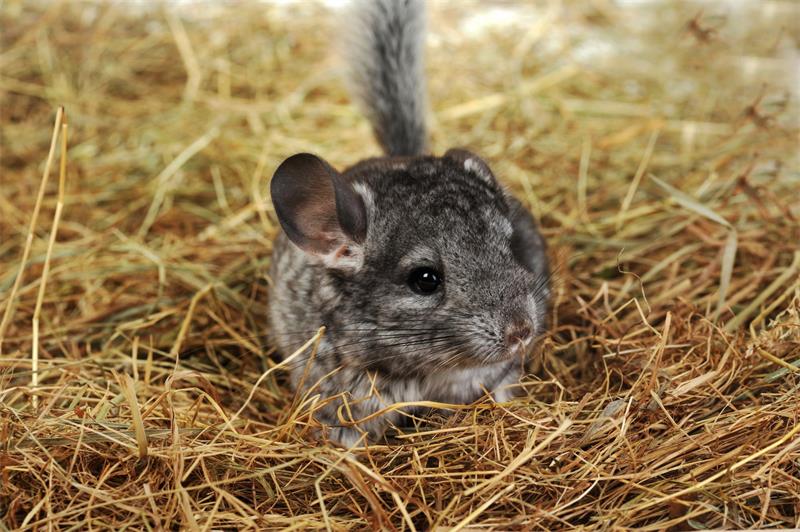
How to Offer a Dust Bath to Your Chinchilla
Offering a dust bath to your chinchilla is simple and straightforward. You just need to place the container with the dust inside your chinchilla’s cage and let them enjoy it. However, there are some things you need to consider when offering a dust bath to your chinchilla, such as:
Frequency
You should offer a dust bath to your chinchilla at least twice a week, or more often if their fur looks rough or feels oily. However, you should not offer a dust bath to your chinchilla every day, as this can dry out their skin and cause irritation. The ideal frequency of dust baths may vary depending on your chinchilla’s fur type, activity level, and environment.
Duration
You should let your chinchilla take a dust bath for about 10 to 15 minutes per session. This is usually enough time for them to groom themselves thoroughly and have some fun. However, you should not let your chinchilla take a dust bath for too long, as this can also dry out their skin and cause irritation.
Timing
You should offer a dust bath to your chinchilla in the evening, when they are most active and likely to use it. Chinchillas are nocturnal animals, which means they sleep during the day and wake up at night. Offering a dust bath in the evening will match their natural rhythm and behavior.
Location
You should place the container with the dust in a spot where your chinchilla can access it easily and comfortably. You should also make sure that the spot is well-ventilated and away from any sources of heat or moisture. This will prevent the dust from becoming damp or moldy.
Removal
You should remove the container with the dust from your chinchilla’s cage after each bath session. This will prevent your chinchilla from using it as a litter box or a hiding place. It will also prevent them from taking too many baths or inhaling too much dust. You should store the container with the dust in a cool and dry place until the next bath session.
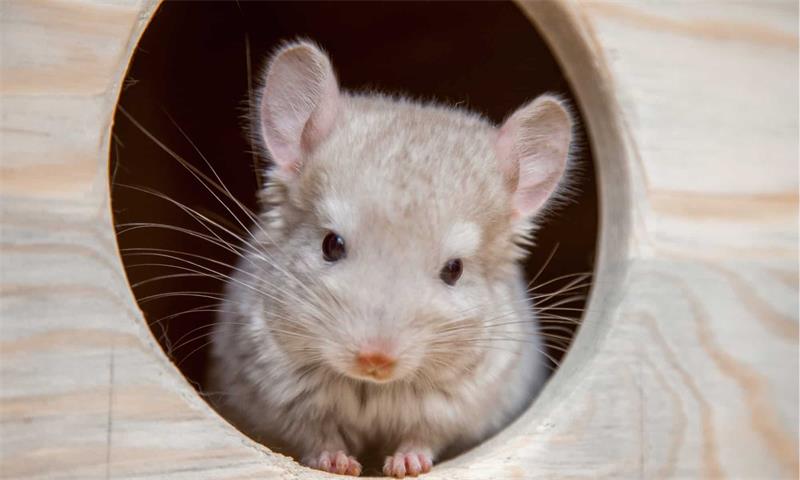
What to Avoid When Bathing Your Chinchilla
Bathing your chinchilla with dust is generally safe and easy, but there are some things you need to avoid when doing so. These include:
- Using water: You should never use water to bathe your chinchilla, as this can damage their fur and skin. Water can cause their fur to become matted, clumpy, or sticky. It can also cause their skin to become moist, which can lead to fungal or bacterial infections. If your chinchilla gets wet accidentally, you should dry them off gently with a towel and keep them warm until they are completely dry.
- Using soap: You should never use soap or shampoo to bathe your chinchilla, as this can also damage their fur and skin. Soap can strip away the natural oils from their fur and skin, making them dry and brittle. It can also cause irritation or allergic reactions in some chinchillas. If your chinchilla has a stain or odor on their fur that cannot be removed by dust baths alone, you should consult your veterinarian for advice.
- Using scented or colored dust: You should never use scented or colored dust for your chinchilla’s dust bath, as this can also harm their fur and skin. Scented or colored dust may contain artificial fragrances or dyes that can irritate your chinchilla’s nose, eyes, or lungs. They may also alter the natural color of your chinchilla’s fur.
- Forcing your chinchilla: You should never force your chinchilla to take a dust bath if they do not want to. Some chinchillas may be shy or scared of the dust bath at first, especially if they are not used to it. You should let your chinchilla get familiar with the dust bath at their own pace and do not force them to use it. You can encourage them by placing some treats or toys near the dust bath or by showing them how to use it yourself. You can also try different types of containers or dust to see what they prefer. However, you should respect your chinchilla’s preferences and personality and do not stress them out.
Conclusion
Dust baths are an essential part of chinchilla care that helps keep their fur clean and healthy. By following the tips in this article, you will be able to provide your chinchilla with a safe and enjoyable dust bath experience. You will also be able to bond with your chinchilla and watch them have fun in the dust. Remember to always use chinchilla dust and a suitable container for your chinchilla’s dust bath, and to offer it regularly but not too frequently. Avoid using water, soap, scented or colored dust, or forcing your chinchilla to take a dust bath. By doing so, you will ensure that your chinchilla stays happy and healthy with a beautiful coat.


